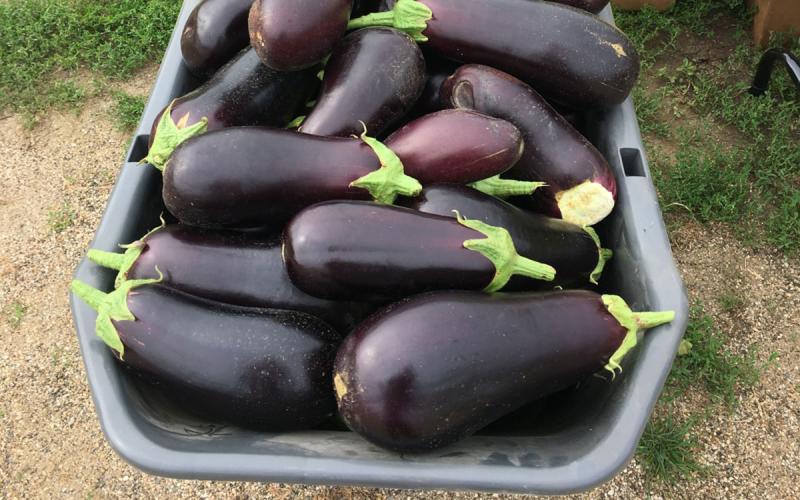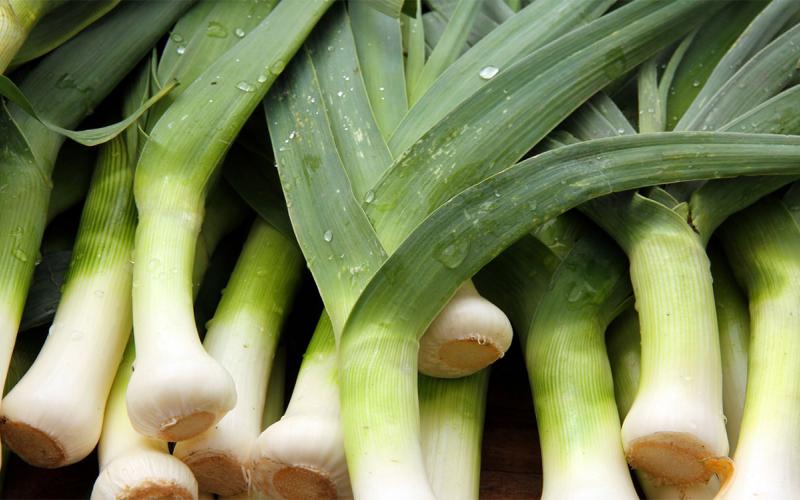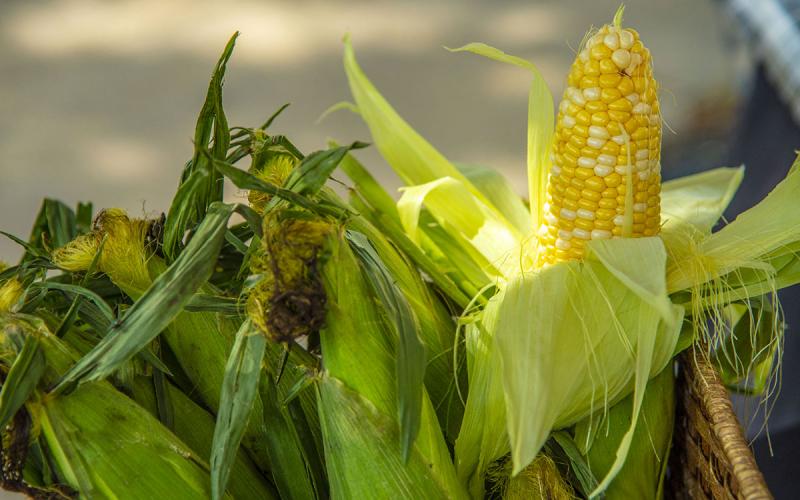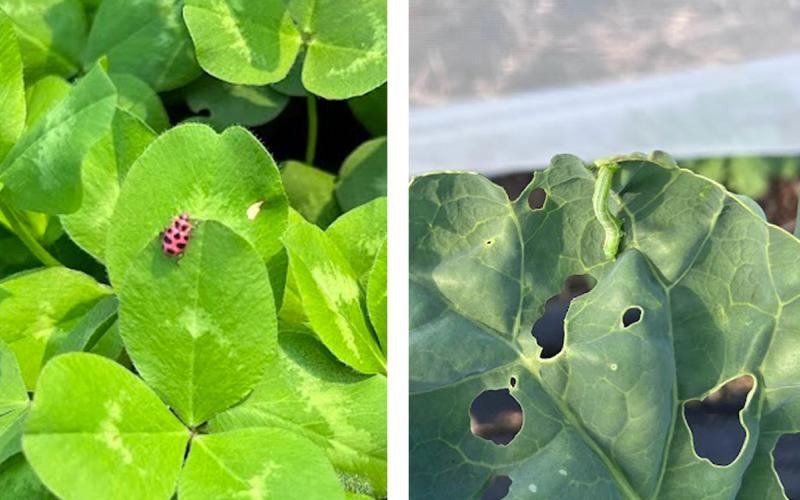Vegetable
All Vegetable Content

Eggplant: How to Grow It
Eggplant has culinary versatility, beautiful flowers and colors, and abundant yields. Learn some expert tips for planting, growing, and harvesting it in this resource!

Producing Organic Cabbage and Sweet Corn with Cover Crop Integration and Reduced Tillage: Updates from the SDSU Southeast Research Farm
Research on clover cover crops grown in combination with four tillage and weed suppression methods was conducted at the SDSU Southeast Farm. Vegetable crops trialed included sweet corn and three varieties of cabbage.

South Dakota Vegetable Grower Experiences with Soil Tarping and Solarization during the 2024 Field Season
Research report on South Dakota vegetable grower experiences with soil tarping and solarization during the 2024 season

Broccolini Performance in Three Established Clover Living Mulches in Eastern South Dakota: Year Two Results
Research report determining the impact of three established clover species on weed suppression, crop growth, and broccolini yield in year two.

Early Season Soil Solarization and Occultation Impacts on Weed Pressure and Onion Yield in Eastern South Dakota: Year 2 (2024) Results
Research report on whether soil tarping can reduce weed pressure in onion yields for the second year

Understanding and Managing Cucumber Mosaic Virus
Cucumber mosaic virus can have devastating effects on members of the Cucurbit family, including cucumbers, squash, melons, pumpkins, and spinach. Learn how to identify and manage it before it takes a toll on your garden this growing season!

Organic Gardening: Soil Management
Gardeners throughout South Dakota are experimenting with organic gardening. While the adoption of organic gardening methods can be daunting, learning some fundamental soil management concepts will set the foundations for success.

Leeks: Harvest and Storage
Leeks are a cool-season garden vegetable similar to onions. Learn how to select, grow, harvest and store them with this helpful guide!

Growing Sweet Corn Successfully in South Dakota
Sweet corn is a staple crop with many different varieties, which each bring their own unique qualities influencing flavor, texture, and shelf life. Learn some expert tips for growing it in South Dakota gardens!

Friends and Foes of Brassica Crops
Brassica crops are a group of plants widely cultivated for their nutritional value and versatility in agriculture. Understanding their relationship with beneficial and detrimental insects is crucial for maintaining healthy crops and productive harvests.